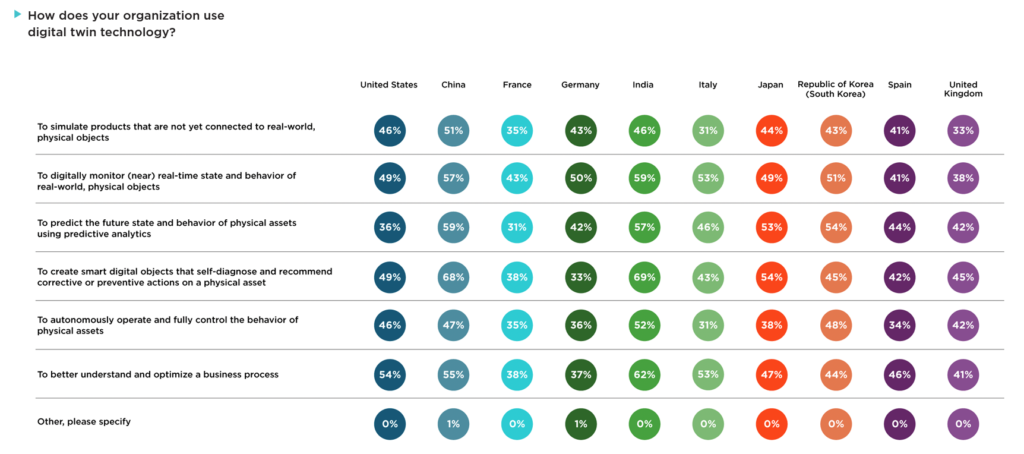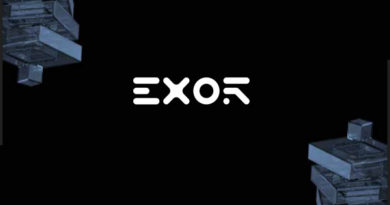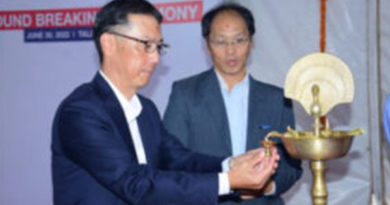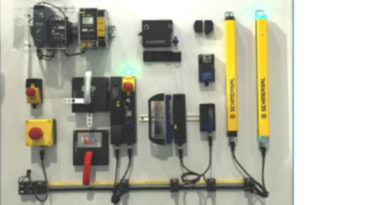One Total Twin – The Industry’s Premier Digital Twin Technology
Have you noticed how ubiquitous the term “digital twin” has become on the websites of today’s leading media outlets and technology companies alike? But apart from those who are closely associated with technology or engineering, for everyone else digital twin conjures only a vague image, a hint of an idea without any real substance or context. And when you add all the different ways companies speak about digital twin – is it for healthcare? Aerospace? Manufacturing? Energy? All of the above? –someone can easily get so caught up in what the technology technology is, what it does, and why it’s used.

After all, if this is a technology that has the potential to touch aspects of the things we do and use each day, people should be able to understand and conceptualize it without needing to weed through jargon and expert tech-speak. At Altair, we believe technology is best when it’s democratized, and so herein, we’ll lay out what digital twin is, what it does, and why it’s used.
Ref: Altair Digital Twin Global Survey Report
Digital Twin: An Introduction
At its core, digital twin is a simple concept with a simple definition. In its broadest sense, digital twin technology is the process of using data streams to create a digital representation of a real-world asset to improve collaboration, information access, and decision-making. In other words, through a combination of simulation technology and data (gathered from sensors, historical records, and so on), engineers use software that builds a virtual twin of a physical object or process.
And in digital twin technology, the data the physical and virtual twins exchange creates a virtuous cycle – that is, the physical object’s data helps teams optimize the twin, and the twin’s data helps teams optimize the physical object. Teams and organizations can use the technology in a myriad of ways depending on what industry they’re in, what phase of the product lifecycle they’re in, what they’re trying to model and optimize, who the digital twin is for, and more. This helps save time, money, and reduces waste and material usage.
That’s digital twin at its most basic.
Implementing a Digital Twin
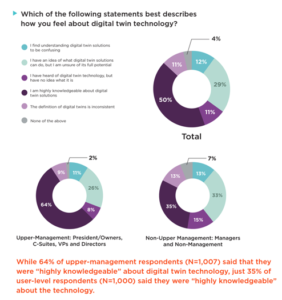 Even though digital twin’s definition is simple, implementing a successful digital twin strategy is anything but. This requires time, effort, resources, and planning – as such, organizations usually utilize digital twin on their biggest, most lucrative projects to ensure they get them right. These might be projects that involve highly complex, highly rewarding projects, such as building wind turbines, optimizing aircraft engines, streamlining maritime designs, and so on. But if you look closely, you can see digital twin hard at work improving products that affect our daily life.
Even though digital twin’s definition is simple, implementing a successful digital twin strategy is anything but. This requires time, effort, resources, and planning – as such, organizations usually utilize digital twin on their biggest, most lucrative projects to ensure they get them right. These might be projects that involve highly complex, highly rewarding projects, such as building wind turbines, optimizing aircraft engines, streamlining maritime designs, and so on. But if you look closely, you can see digital twin hard at work improving products that affect our daily life.
For example, even “mundane” products like smart thermostats utilize digital twin’s principles – after all, the thermostats, sensors, and apps work together to create a virtual representation of the climate in different rooms of a house or apartment. To do that, the thermostat has to understand the house’s layout, has to gather and organize data in real-time, and has to interact with its real-world counterpart to adjust and further monitor climate conditions. It does all this to optimize one thing – its user’s comfort and preferences. Keeping your bedroom cool for the night might not grab the headlines, but it’s something millions of people around the world care about and utilize every day. Such is digital twin technology at work.
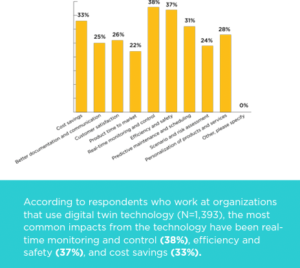 As any engineer or data scientist can attest, today’s digital twin strategies are far from simple to implement. But they’re worth the initial investment and then some. Today’s companies are rushing to implement digital twin because it’s proved it can reduce costs, project time, waste, and carbon footprint. Already today, different types of user personas are building and deploying cross-functional digital twins at different design phases and for different purposes, and these twins can help teams from around the world integrate and synchronize data and workflows. This is already a major step toward building digital maturity. Just as important, the technology has already proven it saves people time and headache and allows engineers and designers to develop better, longer-lasting products faster and more confidently. That said, the quality and ease of a digital twin strategy is only as good as the platforms teams can use to implement it. That’s where we come in.
As any engineer or data scientist can attest, today’s digital twin strategies are far from simple to implement. But they’re worth the initial investment and then some. Today’s companies are rushing to implement digital twin because it’s proved it can reduce costs, project time, waste, and carbon footprint. Already today, different types of user personas are building and deploying cross-functional digital twins at different design phases and for different purposes, and these twins can help teams from around the world integrate and synchronize data and workflows. This is already a major step toward building digital maturity. Just as important, the technology has already proven it saves people time and headache and allows engineers and designers to develop better, longer-lasting products faster and more confidently. That said, the quality and ease of a digital twin strategy is only as good as the platforms teams can use to implement it. That’s where we come in.
Altair offers the most comprehensive, most streamlined digital twin offering on the market. Since we handle every aspect of the digital twin cycle – simulation, data, machine learning, and computing – there’s no need to go through other software vendors to handle data or simulation. Additionally, our open-architecture, vendor-agnostic philosophy means that organizations don’t have to migrate their data or models to a different data or model infrastructure.
At Altair, we envision a future where digital twin technology is a democratized, household term that even laypeople understand. Moreover, we strive to create solutions and technology that brings the game-changing power of digital twin to more organizations and teams around the world, no matter the scope or scale of their project. Ultimately, we believe in a digital twin philosophy that prizes end-to-end, easy-to-understand functionalities and features – a platform that meets anyone’s digital twin needs under one roof.
As for the present, we hope to make digital twin more approachable and more flexible, and we hope this article has contributed to that effort. To learn more about Altair’s digital twin offerings and to see our latest digital twin customer stories, testimonials, videos, and case studies, visit https://altair.com/one-total-twin.
